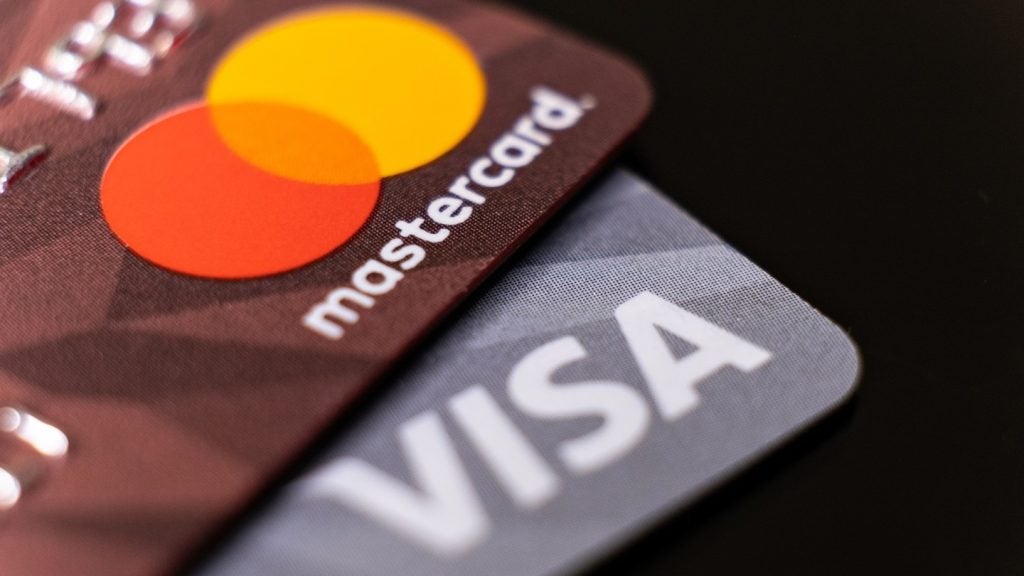Online debit card fraud is on the rise with fraudsters turning to alternative methods of attack, as the US shifts to EMV, according to a report by Auriemma Consulting Group (ACG).

Access deeper industry intelligence
Experience unmatched clarity with a single platform that combines unique data, AI, and human expertise.
ACG’s Debit Fraud Benchmark study cites that use of counterfeit card is still the largest source of fraud for issuers, amounting to over half of total claims by dollar amount.
However, the transition to EMV is expected to lower the risk of counterfeit card use at POS, though it will not protect against fraudulent transactions using compromised cardholder data online.
With POS fraud becoming less feasible, fraudsters will concentrate on other vulnerabilities in the payments ecosystem, such as e-commerce and m-commerce channels, opines the report.
This trend is expected to gain momentum with the rise in volume of chip-on-chip transactions.

US Tariffs are shifting - will you react or anticipate?
Don’t let policy changes catch you off guard. Stay proactive with real-time data and expert analysis.
By GlobalDataThese transactions, which include EMV cards used at compatible terminals, presently contribute to less than 5% of all debit card purchases, but are expected to rise throughout 2016 as more retailers upgrade their POS systems and more chip cards are circulated.
Notably, card-not-present (CNP) fraud, including online and mobile attacks, has increased by 20% quarter-over-quarter in the second quarter.
At the same time, account takeover (ATO) fraud, a smaller category with relatively low incident rates, has surged 280%.
Debit card ATO activity has surged 81% by dollar amount on a per-claim basis in the second quarter of 2015, the report adds.
ACG Card Fraud Control Roundtable director Ira Goldman said: "While EMV will alleviate card-present fraud, it will also accelerate the migration of fraudulent activity toward other channels and types of attack.
"Financial institutions are making significant investments to shore up their counter-measures and mitigate fraud attacks. These investments should be ongoing as the potential of new threats are identified. Staying a step ahead of fraudsters is imperative for fraud control strategists."







